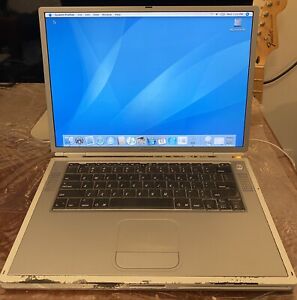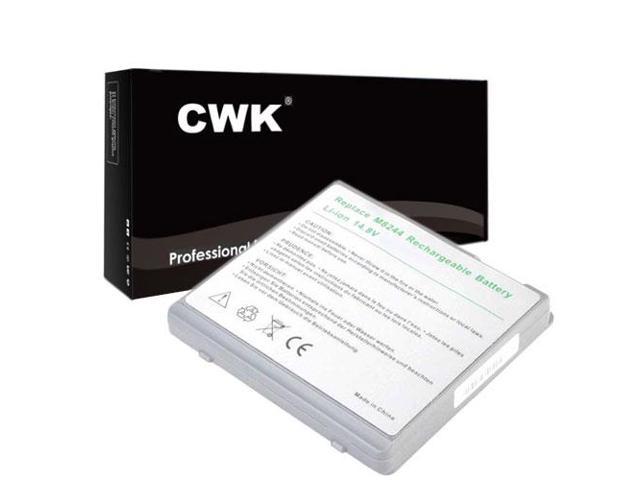
You can add an RF Venue distro to an existing distro from another manufacturer to provide for additional wireless mic systems. Yes, as a general rule: Wireless mic systems, distro systems, antennas, and coax cables from nearly any brand can be successfully used together, provided that they operate in the same frequency range and within the rated power levels. Can I mix RF Venue products with other brands?.They should only be used as a last resort if suitable signal strength cannot be achieved any other way. Antenna booster amplifiers do not increase range and should not be used in an attempt to boost range. If additional range is required, switching to an antenna with more gain or a coax cable with less loss is needed.

You can perform a “link budget” calculation to get a more precise answer to the question. Your actual range depends on getting a signal that is sufficiently stronger than the local noise floor (interference) at your venue. The same mic that may perform flawlessly for 1000’ or more in an open field in the middle of nowhere may not work at even 50’ in an urban environment. Typically, the specs for unlicensed wireless mics (≥ 50 mW) call for an approximate 300’ range, but this range depends on the signal not being compromised by local interference. Not only is it more convenient, it is actually better than two “paddles”: It doesn’t drop out! Our patented Diversity Fin antenna solves the distance problem by being co-located, while orthogonally mounted elements eliminate cross-polarization fades. However, since multiple antennas must be separated by distance to avoid interfering with each other, the signal in each antenna will not be in the same wave period (phase). This can be somewhat mitigated by proper antenna positioning.

These reflections flip polarity and arrive out of phase which causes cancellations in your receiver’s antennas.Ĭross-polarization fades (aka signal cancellation) happen when your direct signal and reflected multipath signals mix in your antennas. Multipath interference is caused by reflections of your transmitter’s signal, primarily by metal objects in your venue and other boundaries.

Directional antennas and bandpass filters can work together with high-quality coax cables to help mitigate this problem. These sources, added together, form your noise floor.
Everything mac powerbook g4 a1025 tv#
Loss of range is typically caused by competition from localized interference, such as that caused by TV stations, motors, LED lighting, anything with a computer chip, and now cell phone service in the 600 MHz band. After 10,000 wireless projects, here are the Top 10 questions we hear from customersĪfter the initial setup, wireless mics generally drop out because of loss of range and multipath reflections that cause cross-polarization fades.


 0 kommentar(er)
0 kommentar(er)
